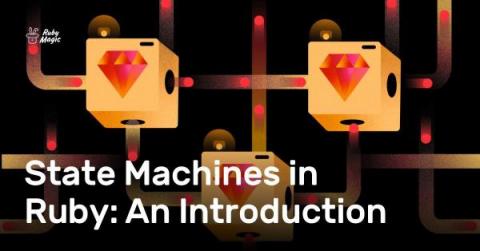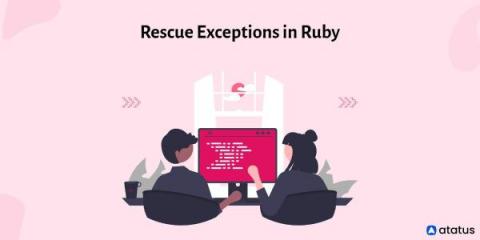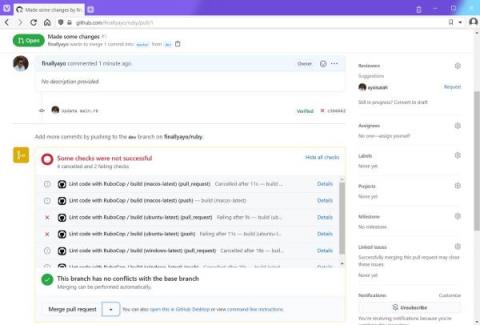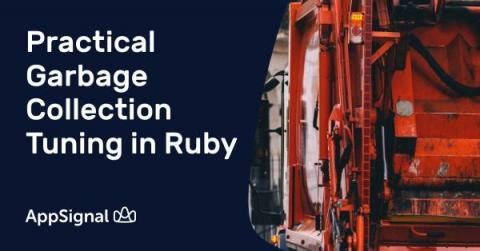State Machines in Ruby: An Introduction
A state machine can hold all possible states of something and the allowed transitions between these states. For example, the state machine for a door would have only two states (open and closed) and only two transitions (opening and closing). On the other hand, complex state machines can have several different states with hundreds of transitions between them.










